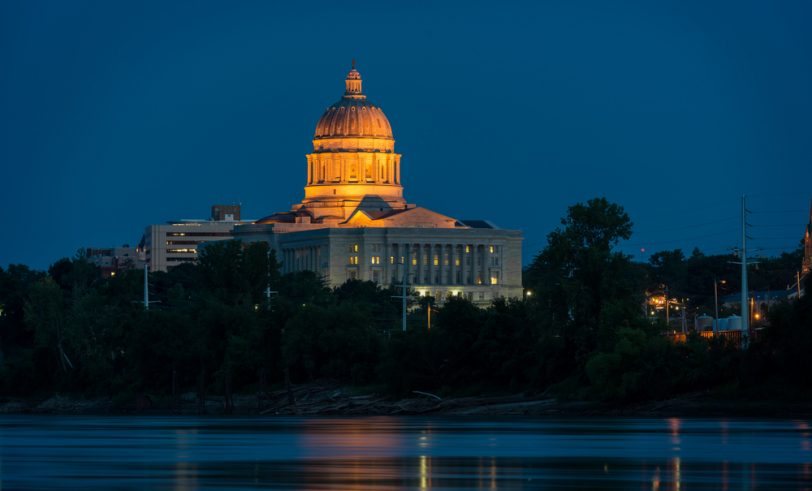Recently, Governor Mike Parson signed the largest supplemental funding bill in the state’s history. In response to COVID-19, lawmakers approved more than $6.2 billion in new spending just to get through the end of the state’s fiscal year, which ends June 30. While the majority of those funds are coming from the federal government ($5.7 billion), Missouri’s budgetary woes extend far beyond what can be covered by outside “stimulus.”
Just last week, Governor Parson restricted an additional $47 million in state funds in response to Missouri’s rapidly declining tax revenues. Restrictions are one of the mechanisms the governor can use to withhold state funds from being spent in an effort to keep the state’s budget balanced, as is constitutionally required. This second round of restrictions brings the current year’s estimated revenue shortfall to over $210 million, and there’s no end in sight. Over the past few months, we’ve seen the important role that governments play in responding to public health emergencies, but we’re also just beginning to see the economic toll of those efforts.
Missouri’s yearly revenues come almost exclusively from income and sales taxes. These are taxes that suffer dramatically during an economic downturn, or a period of quarantine where people are not working or shopping as much. The impact from a slowdown can be felt almost immediately, as Moody’s (a major credit rating agency) recently estimated that Missouri could see up to a 30 percent decline in revenue collections over the coming year.
Falling revenues mean that further reductions in funding will be immediately required because of the state’s balanced budget requirement. To compound the issue, when the economy worsens, spending on programs such as Medicaid increase. Dealing with COVID-19 means there will be less and less money for policymakers to spend while the cost of simply maintaining the status quo becomes more expensive.
So, what should Missourians expect going forward? First, Missouri’s government-funded programs and services will likely be impacted by the shortfall for years to come. For example, Missouri’s tax revenues in 2014 were still below what they were before the start of the 2008 recession. And since roughly 65 percent of Missouri’s collected revenues go toward funding education and Medicaid, there will likely be changes to programs that hundreds of thousands of Missourians rely upon.
These challenging times will require solutions beyond what the federal government can provide. Missouri’s policymakers must re-examine the state’s programs and determine the best ways to fund them. It is now more important than ever to get government out of the way and allow the market to work in order to move Missouri forward.



